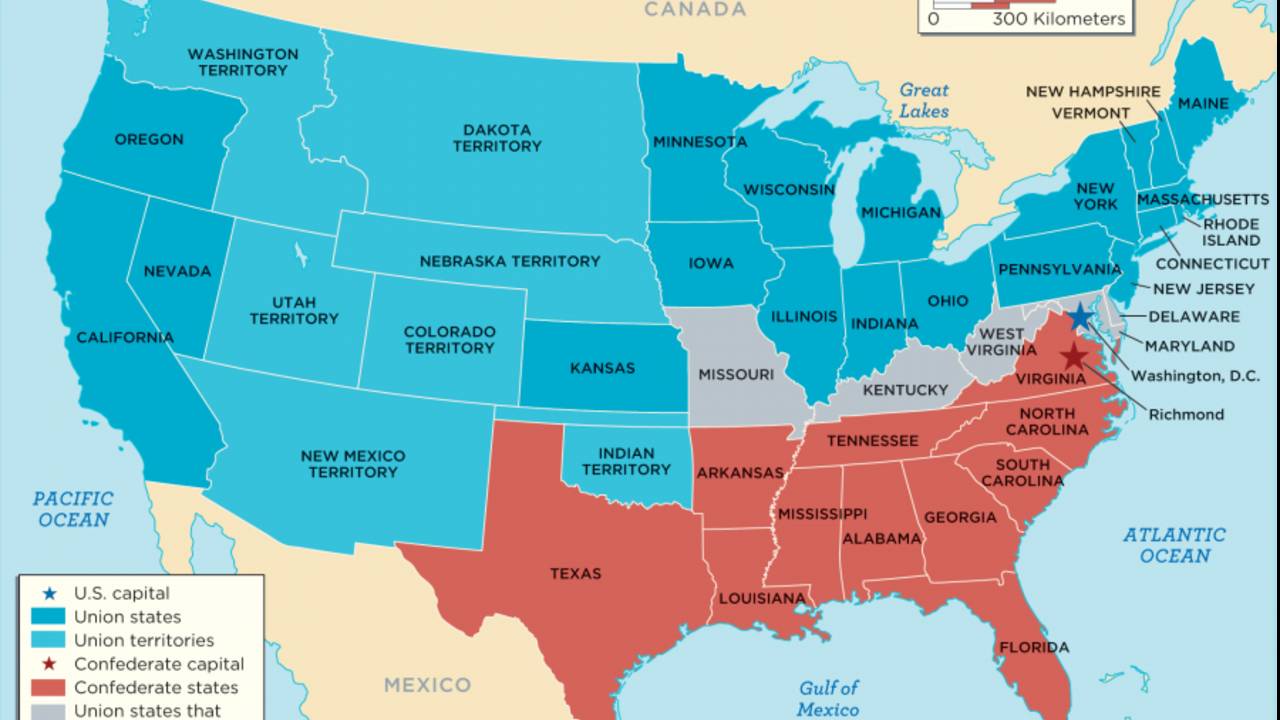
During the passage, one Federal warship was lost and three others turned back, while the Confederate gunboats were virtually obliterated. Philip in 1862 can be divided into two parts: a mostly-ineffective bombardment of the Confederate-held forts by the raft-mounted mortars, and the successful passage of the forts by much of Farragut's fleet on the night of April 24. These revolutionary new warships were protected by the thick armor plating that gives them the name ironclad, which prevented any lasting damage to either ship. The battle took place on March 8, 1862, and lasted for several hours, resulting in a tactical draw. One of the most important and famous naval battles of the American Civil War was the clash of the ironclads, between USS Monitor and CSS Virginia at the Battle of Hampton Roads. The final shots were fired on June 22, 1865, by the Confederate raider CSS Shenandoah in the Bering Strait, more than two months after General Robert E.

The first shots of the naval war were fired on April 12, 1861, during the Battle of Fort Sumter, by the US Revenue Cutter Service cutter USRC Harriet Lane. The naval battles of the American Civil War, fought between the Union and the Confederacy, changed the foundations of naval warfare with the first use of ironclads and submarines, and the introduction of newer and more powerful naval artillery.


 0 kommentar(er)
0 kommentar(er)
